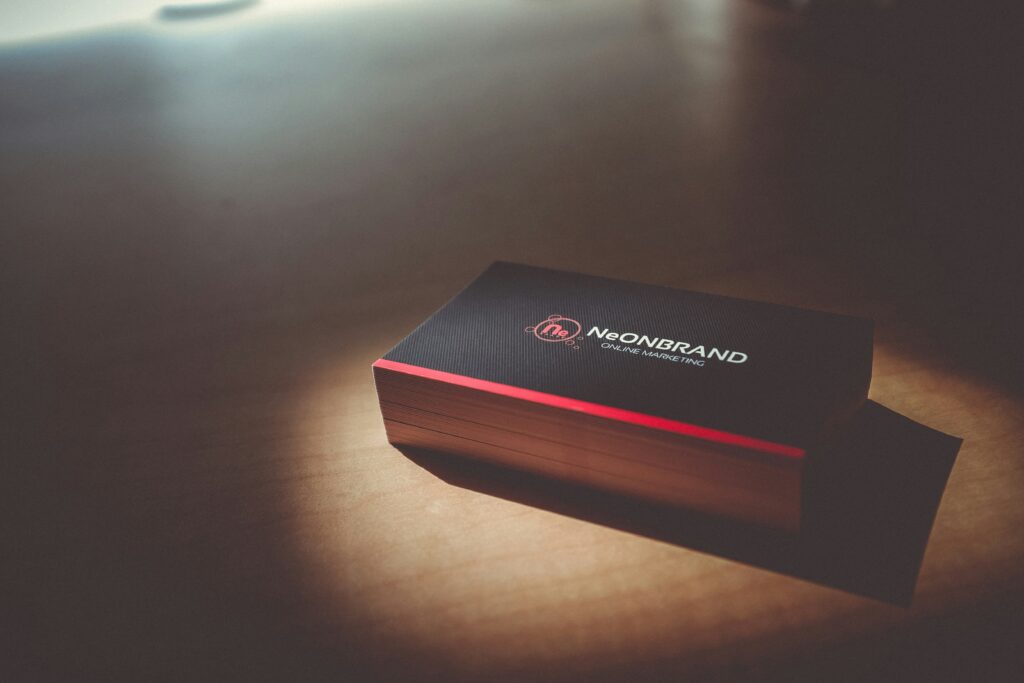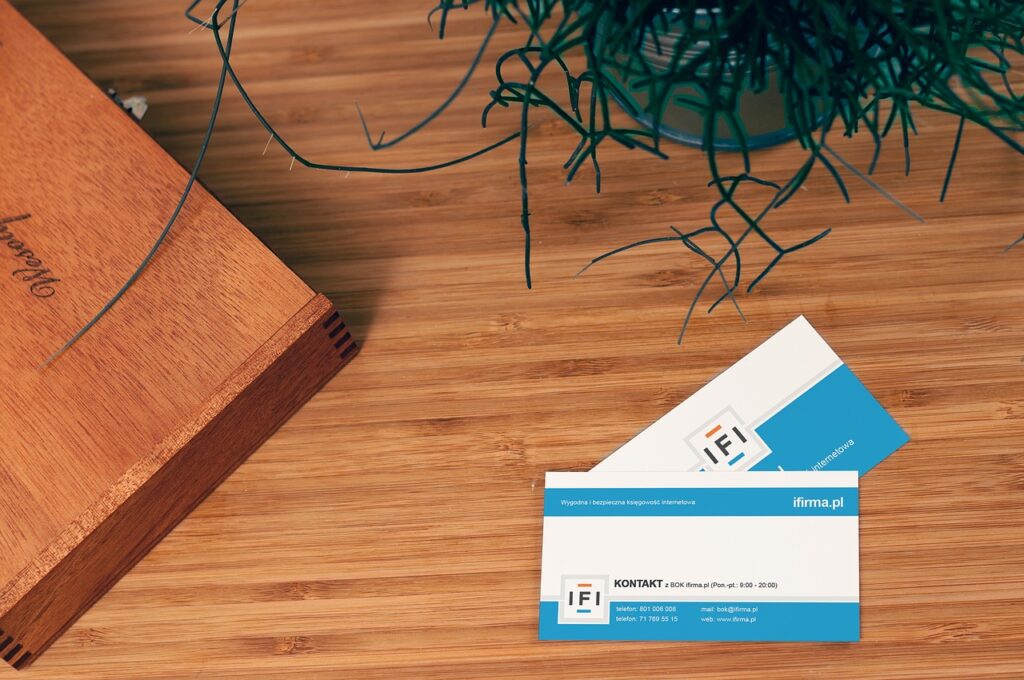Table of Contents
Dimensions of a Business Card: Why Size Really Matters
The dimensions of a business card may seem like a small detail, but they make a big impact. From fitting seamlessly into a wallet to ensuring your design looks sharp and professional, getting the size right is essential. Standardized dimensions ensure your card prints cleanly, looks consistent, and feels professional in the hand.
Standard Dimension of a Business Card (US & International)
When we talk about the dimensions of a business card, the most common standard size in the United States is:
- 3.5 x 2 inches (88.9 x 50.8 mm)
But business card sizes vary globally. Here’s a quick comparison of the standard dimensions in different countries:
| Region | Dimensions (inches) | Dimensions (mm) |
|---|---|---|
| USA & Canada | 3.5 x 2 | 88.9 x 50.8 |
| UK | 3.346 x 2.165 | 85 x 55 |
| Japan | 3.582 x 2.165 | 91 x 55 |
| Australia | 3.54 x 2.165 | 90 x 55 |
Being aware of these differences is important, especially if you’re doing business internationally.

Dimension of a Business Card Including Bleed Area
To ensure clean and professional edges during printing, the dimension of a business card should include:
- Bleed area: Extend design by 0.125 inches on all sides.
- Final cut size: 3.5 x 2 inches
- Total size with bleed: 3.75 x 2.25 inches
This extra space allows for slight cutting variations and ensures no white edges appear.
Safe Zones Within the Dimension of a Business Card
Designers must also consider safe zones within the dimension of a business card:
- Safe zone: Keep text and logos 0.125 inches inside the cut line.
- This prevents essential info from being trimmed off accidentally.
Using design software like Adobe Illustrator or Canva helps in setting up these zones properly.
Dimension of a Business Card in Pixels
If you’re designing digitally, you may prefer to work with pixel dimensions. At 300 DPI (dots per inch), which is print standard, the dimension of a business card are:
- 1050 x 600 pixels for 3.5 x 2 inches
- 1125 x 675 pixels if you include the bleed area
Be sure to use 300 DPI resolution for sharp print results.
Customizing the Dimension of a Business Card
Sometimes, you may want to break away from the standard. Custom dimensions of a business card can help you stand out:
- Square cards: 2.5 x 2.5 inches
- Mini cards: 3.5 x 1.5 inches
- Folded cards: 3.5 x 4 inches (folds down to standard size)
Just remember: custom sizes may not fit easily in wallets or cardholders.
Best Practices for Designing Within the Dimensions of a Business Card
Designing within the correct dimensions of a business card helps ensure it looks clean and professional. Follow these best practices:
- Use high-resolution images (minimum 300 DPI)
- Stick to clear fonts (legibility matters!)
- Include your logo, name, title, contact info, and website
- Maintain white space – avoid overcrowding
- Choose colors that reflect your brand
Importance of Understanding the Dimensions of a Business Card
Why is knowing the dimensions of a business card so important?
- Professional look: A card that’s too big or small looks unprofessional.
- Fits standard holders: Keep it easy to store and carry.
- Accurate printing: Reduces design and cutting errors.
- Consistent branding: Matches well with other marketing materials.
Dimensions of a Business Card for Digital and Virtual Use
With the rise of virtual networking, digital business cards are also popular. While physical size isn’t a factor, the dimensions of a business card still matter when you’re exporting for screens or sharing PDFs:
- Recommended size: 1050 x 600 pixels (landscape)
- Format: JPG or PNG for quick sharing; PDF for professional use
Maintain proportions and clarity, especially if it’s being viewed on mobile devices.
Final Thoughts on the Dimensions of a Business Card
The dimensions of a business card may seem like a minor detail, but they play a huge role in how your brand is perceived. Whether you’re using a standard size or going custom, knowing your measurements ensures a clean, functional, and professional final product.
So take the time to get your dimensions right—your business card is often the first impression someone gets of your brand.


